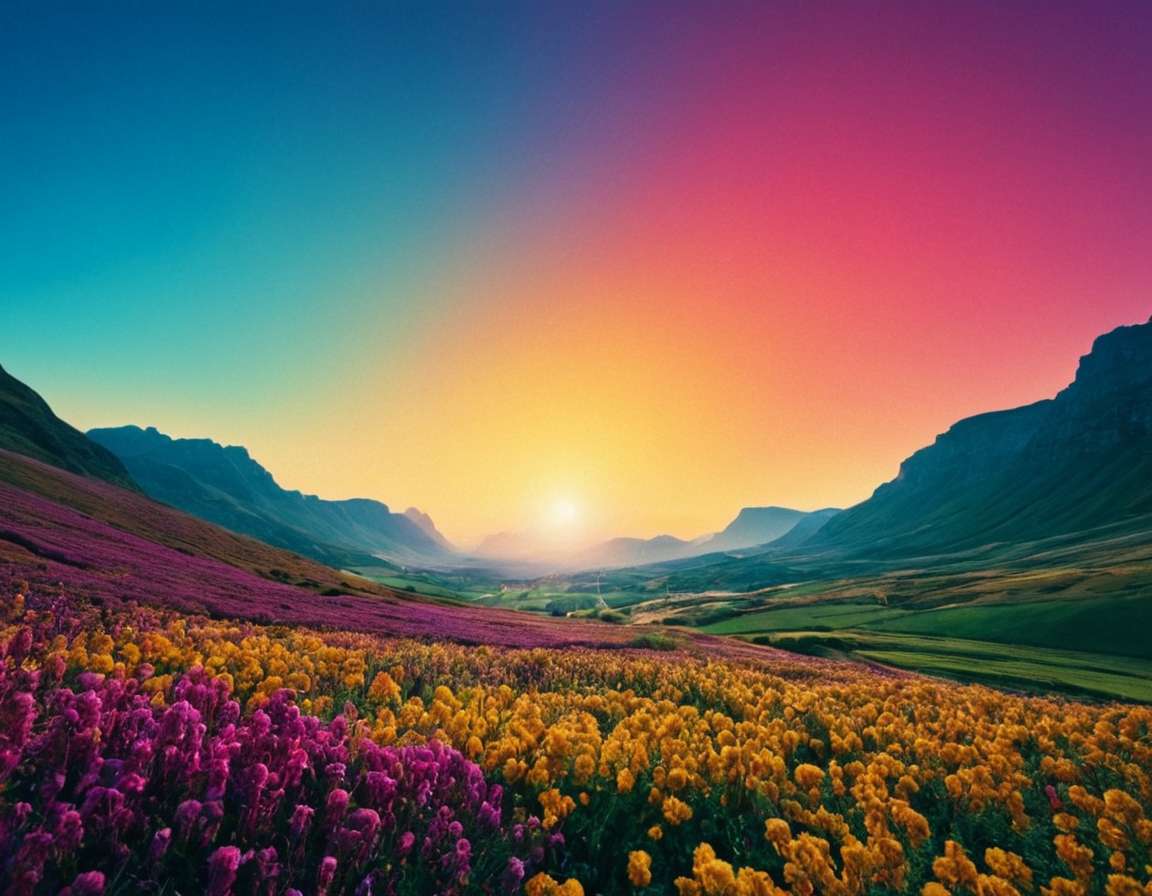AI Images: Top 10 Creative Uses

Unlocking the Power of AI-Upscaled Images in Digital Art and Design
The world of digital art and design is rapidly evolving, driven by advancements in artificial intelligence (AI) technology. One area where AI is having a significant impact is in image processing – specifically, AI-upscaled images. In this blog post, we’ll delve into the creative applications of AI-upscaled images in digital art and design, exploring both practical examples and potential pitfalls.
What are AI-Upscaled Images?
Before diving into the creative possibilities, it’s essential to understand what AI-upscaled images are. These images are generated using AI algorithms that upscale existing images to higher resolutions, often without noticeable loss of quality. This technology has been around for a while but has recently gained significant attention due to its potential in various fields.
Applications in Digital Art
AI-upscaled images have opened up new avenues for digital artists, allowing them to create stunning visuals with unprecedented detail and realism. Some creative applications include:
- Photorealistic renderings: Artists can use AI-upscaled images to create photorealistic renderings of 3D models, landscapes, or other subjects. This can be particularly useful for architects, product designers, or filmmakers.
- Artistic manipulation: By using AI-upscaled images, artists can experiment with new techniques that blur the line between reality and fantasy. This could lead to innovative artistic expressions and new forms of storytelling.
- Texture and pattern creation: AI-upscaled images can be used to generate intricate textures and patterns, which can be applied to various digital art projects.
Applications in Digital Design
The impact of AI-upscaled images extends beyond the realm of art, as they also have practical applications in digital design. Some examples include:
- UI/UX design: By using high-resolution images, designers can create more realistic and immersive user interfaces. This can lead to a better user experience and increased engagement.
- Product visualization: Companies can use AI-upscaled images to showcase their products in a more detailed and lifelike manner, potentially increasing sales or customer interest.
- Virtual product demonstrations: This technology can be used to create interactive virtual product demos, allowing customers to explore products in greater detail before making a purchase.
**Challenges and Limitations
While AI-upscaled images offer immense creative potential, there are also challenges and limitations to consider:
- Quality and accuracy: The quality of the output depends on the quality of the input image. If the original image is low-resolution or noisy, the results may be subpar.
- Licensing and copyright issues: Using AI-upscaled images raises concerns about licensing and copyright infringement. It’s essential to ensure that any used images are properly licensed or created in-house.
- Ethical considerations: The use of AI-generated content raises ethical questions about authorship, ownership, and the role of human creativity in the creative process.
**Conclusion and Call to Action
In conclusion, AI-upscaled images have opened up new avenues for digital artists and designers. While there are challenges and limitations to consider, the potential benefits far outweigh the drawbacks. As this technology continues to evolve, it’s essential to explore its applications responsibly and with a deep understanding of the ethical implications.
We’d love to hear your thoughts on the intersection of AI and creative industries. How do you think this technology will shape the future of art and design? Share your insights in the comments below!
Tags
ai-images digital-creativity design-trends image-processing nonfungible-assets
About Matthew Pereira
Hi, I'm Matthew Pereira. With a passion for AI-powered photography tools, I help creators unlock their visual potential at gophotos.com. 5+ years of experience in editing and content strategy brings me to the forefront of innovative image solutions.
